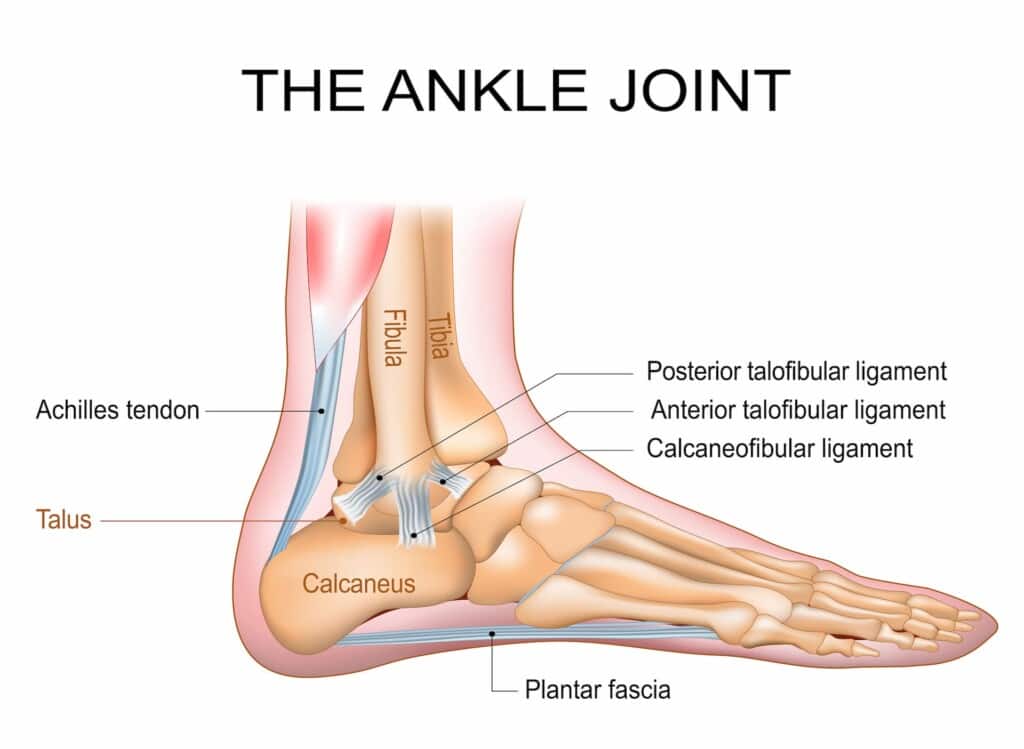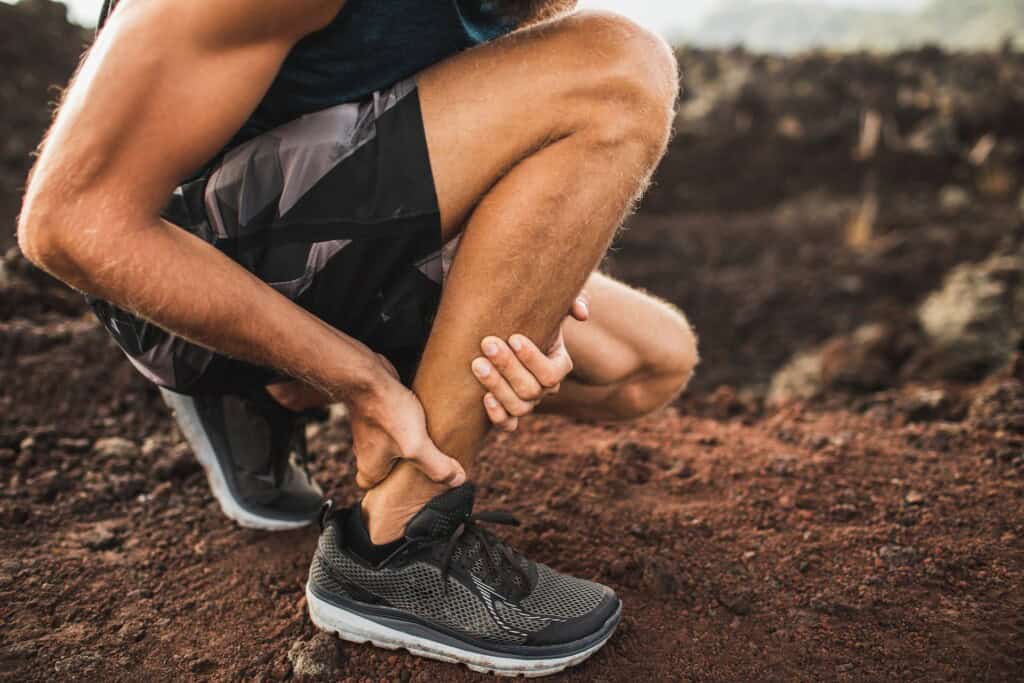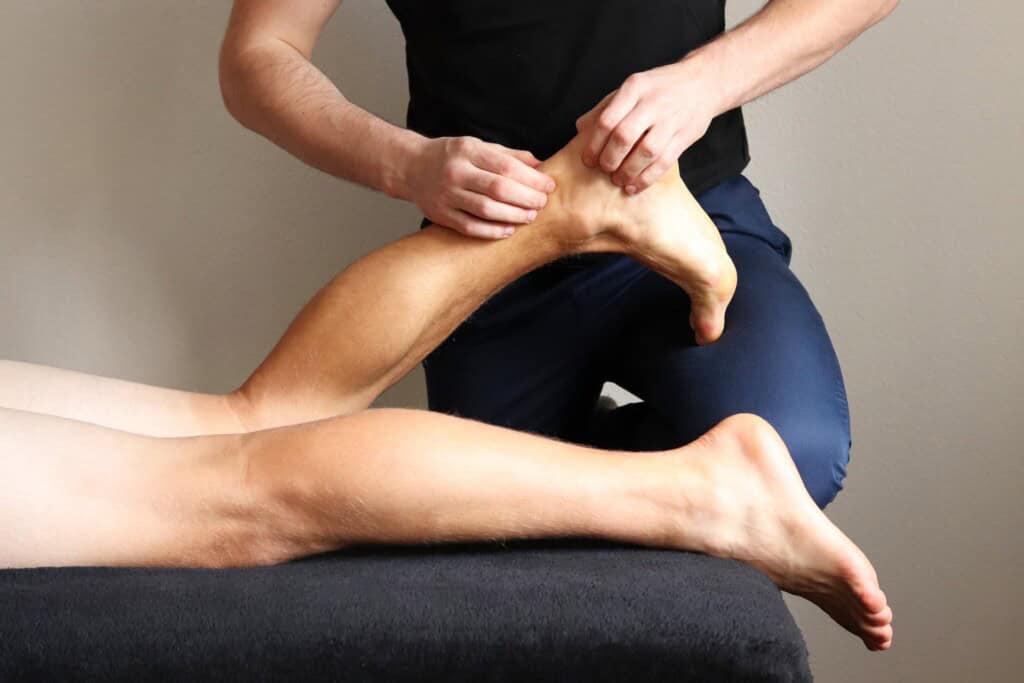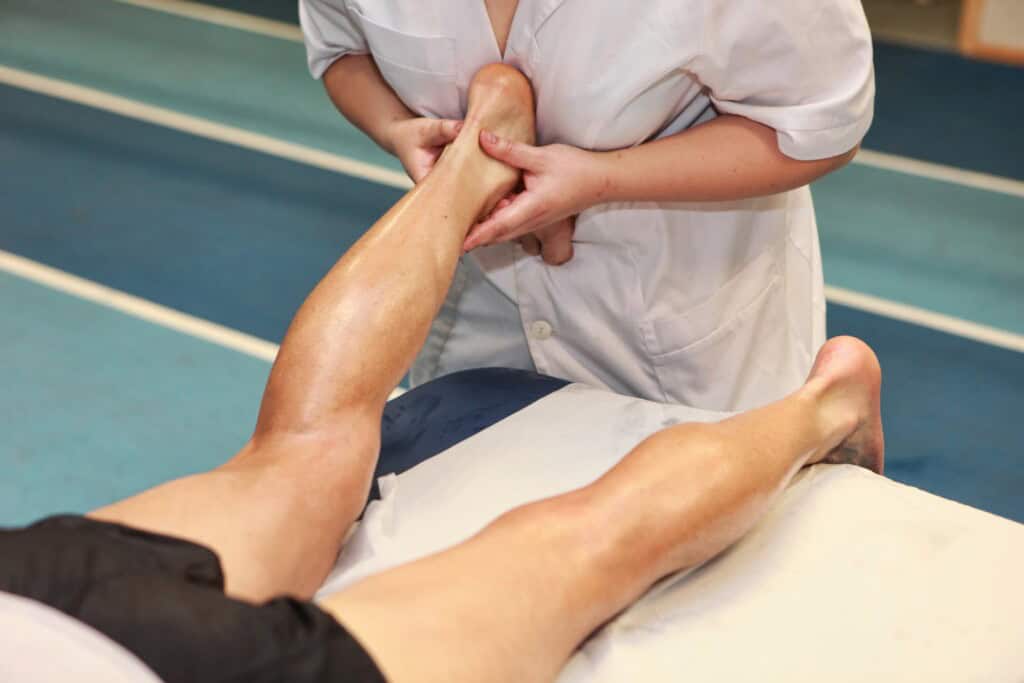If you’re struggling with Achilles tendon pain, you’re not alone. As someone who’s been helping people manage pain for years, I’ve seen firsthand how this kind of injury can disrupt your life, whether you’re a weekend warrior or just trying to get through your day. The good news? There are natural ways to address this issue that don’t involve resorting to painkillers or surgery. Let’s dive into how you can treat Achilles tendon pain naturally.
What Is Achilles Tendon Pain?
Achilles tendon pain is discomfort or pain that occurs along the back of your leg, just above your heel. Your Achilles tendon connects your calf muscles to your heel bone, allowing you to walk, run, and jump. It is the largest tendon in your body but can be prone to injury from overuse, improper footwear, or sudden changes in activity level.
When this tendon gets inflamed or damaged, it can cause pain, stiffness, and swelling. This is a common problem, especially among runners, dancers, or anyone who suddenly increases their physical activity.
What Does Achilles Tendon Pain Feel Like?
Achilles tendon pain can vary from person to person. For some, it’s a constant throbbing ache; for others, it feels like a sharp, stabbing pain, especially when you first get up in the morning. I remember one client saying, “It feels like someone is squeezing the back of my heel every time I walk.” That’s a pretty accurate description.
You might experience:
- A dull or sharp pain along the tendon, especially in the morning or after physical activity
- Stiffness or tenderness, particularly when you first start moving after periods of inactivity
- Swelling or a “thickening” of the tendon
- A limited range of motion in the ankle
- Sometimes, you might feel a snapping or popping sensation when moving your foot
Causes and Risk Factors
Achilles tendon pain can stem from a variety of factors, including:
- Overuse from running or jumping activities
- Wearing improper footwear with insufficient heel support
- Sudden increases in physical activity without proper conditioning
- Tight calf muscles or limited ankle flexibility
- Previous injuries to the tendon
- Aging, as the tendon becomes less flexible over time
Conventional Treatments for Achilles Tendon Pain
When people first experience Achilles tendon pain, they often turn to conventional treatments. These typically include:
- Rest and Brief Use of Ice: Rest the tendon and use ice only in the early stages to reduce swelling. Switch to heat once swelling decreases, as prolonged icing can slow healing by making the tendon stiff.
- Physical Therapy: Exercises and stretches designed to improve flexibility and strength in the affected area.
- Anti-inflammatory Medications: Over-the-counter drugs like ibuprofen to manage pain and reduce inflammation.
- Orthotic Devices: Shoe inserts or heel lifts to reduce strain on the tendon.
- Corticosteroid Injections: In some cases, doctors may recommend injections to reduce inflammation.
While these approaches can offer relief, they often focus on managing the symptoms rather than addressing the root cause, especially if the pain is due to deeper muscular imbalances or scar tissue. This is where conventional treatments can fall short, as they might not provide a long-term solution. Additionally, some treatments like corticosteroid injections carry risks and may weaken the tendon if used excessively.
How Can Bodywork Therapy Help Heal Achilles Tendon Pain?
Here’s where bodywork therapy shines. By addressing the entire body’s interconnected system, a skilled bodyworker can:
- Identify and release tightness or restrictions in the calf muscles and surrounding tissues
- Break down scar tissue and adhesions that limit mobility
- Improve blood flow and promote healing to the injured area
- Address postural imbalances or gait issues contributing to your Achilles pain
“The key is treating the entire structure, not just the pain point,” says Bob Tricomi, owner of Bodywork Masters. “When you release tension in related areas, you help the body function more efficiently, allowing it to heal more effectively.”
The Benefits of Bodywork Therapy for Achilles Tendon Pain
- Reduces Pain and Inflammation: Targeted massage techniques help reduce inflammation and improve circulation, speeding up the healing process.
- Enhances Flexibility and Range of Motion: Loosening tight muscles and fascia around the tendon allows for better movement and reduces strain.
- Prevents Future Injury: By correcting underlying muscle imbalances, bodywork therapy helps prevent the recurrence of Achilles tendon pain.
- Avoids Invasive Procedures: Regular bodywork can help many people avoid the need for surgery by addressing the root cause of the pain before it worsens.
What Types of Massage Are Helpful and Why?
Different massage techniques can be beneficial, including:
- Deep Tissue Massage: Helps release tension in the calf muscles and surrounding fascia, reducing strain on the Achilles tendon.
- Myofascial Release: Targets and loosens the fascia, which often contributes to tightness and pain.
- Trigger Point Therapy: Identifies and releases specific points of tension that can refer pain to the Achilles tendon.
- Sports Massage: Great for athletes, this technique helps improve flexibility and performance while reducing injury risk.
Can Self-Massage Help? If So, What Techniques?
Absolutely! Self-massage can be an effective way to manage Achilles tendon pain between professional sessions. Here are a few techniques:
- Foam Rolling: Use a foam roller on your calf muscles to release tension and improve circulation. Roll slowly, pausing on any tender spots.
- Cross-Friction Massage: Use your fingers to apply gentle pressure across the tendon, moving side to side. This technique helps break down scar tissue and promotes healing.
- Massage Ball: Place a massage ball under your calf and gently roll it to target tight spots. Adjust pressure as needed.
Prevention Tips
- Warm-Up Properly: Always warm up before exercise, focusing on stretching the calf muscles and Achilles tendon.
- Wear Supportive Footwear: Choose shoes that provide proper arch and heel support.
- Gradually Increase Activity Levels: Avoid sudden increases in physical activity to reduce the risk of injury.
- Strengthen Your Calf Muscles: Strong calves can take the pressure off the Achilles tendon, reducing the likelihood of pain.
How Bodywork Can Help Avoid Surgery
When Achilles tendon pain is left untreated, it can worsen to the point where surgery becomes necessary. Bodywork therapy, however, can be incredibly effective in breaking down scar tissue, improving blood flow, and reducing inflammation, which in turn accelerates healing and prevents the need for more invasive treatments.
How Long Does Achilles Tendon Pain Last?
The duration of Achilles tendon pain varies depending on the severity and how quickly you seek treatment. Mild cases can resolve in a few weeks, while more severe cases may take several months to heal fully. Consistent bodywork therapy can significantly speed up this process by addressing the pain’s root cause and promoting faster healing.
Ready to Treat Your Achilles Tendon Pain Naturally?
If you’ve been struggling with Achilles tendon pain, there’s no need to continue suffering. Bodywork therapy offers a natural, effective way to address the pain, promote healing, and prevent future injuries. Ready to feel the difference? Schedule your session today!




